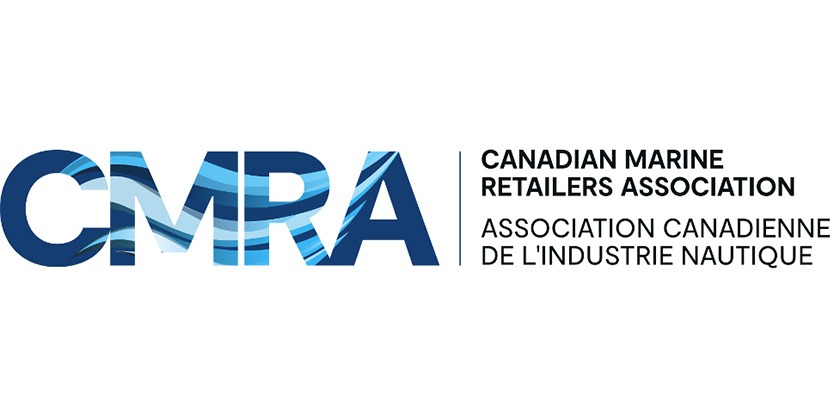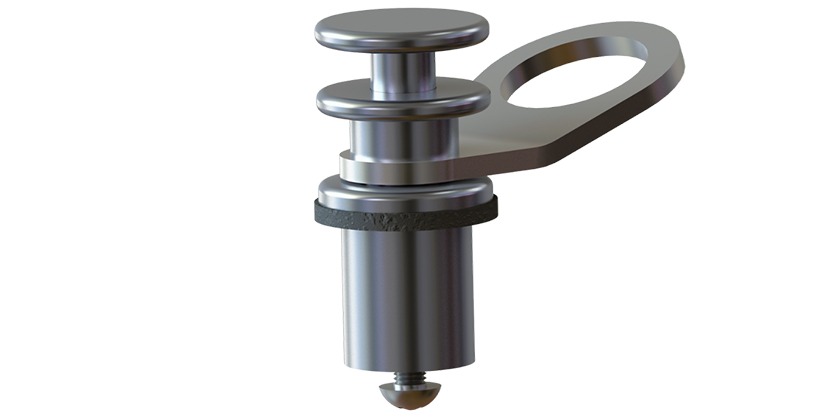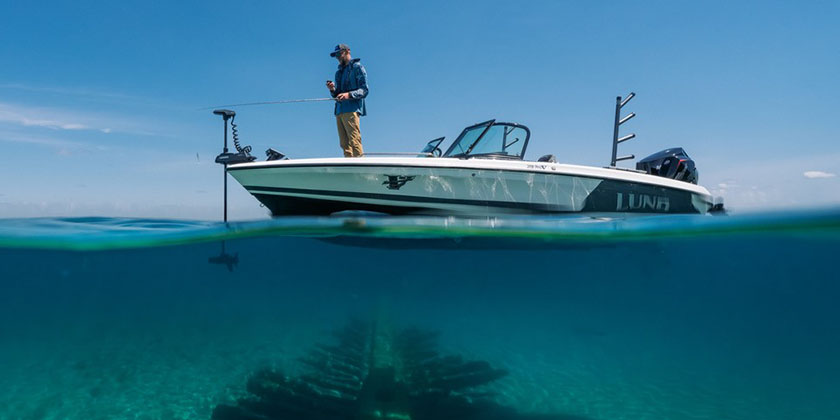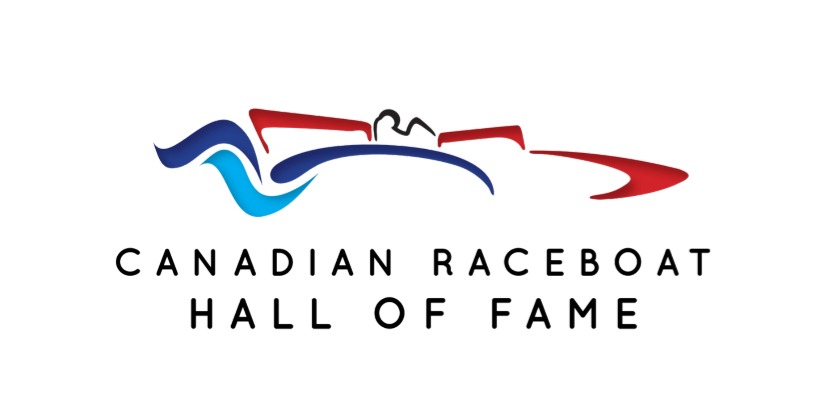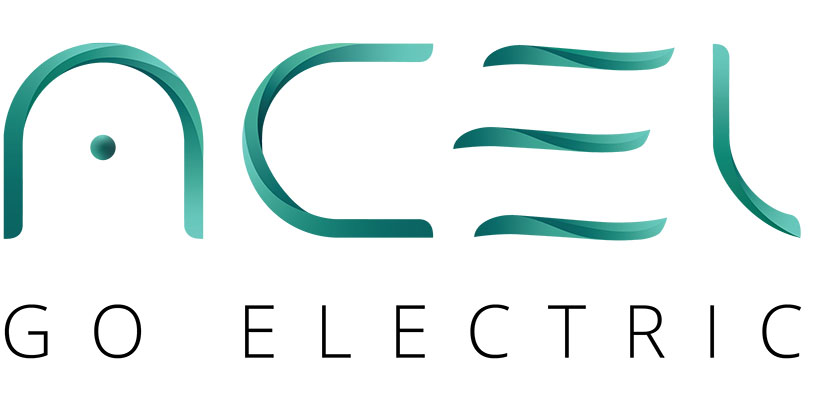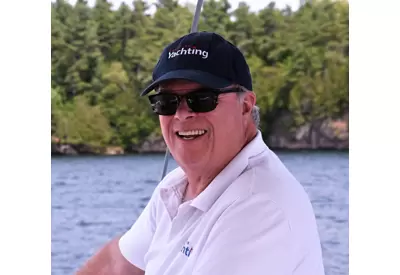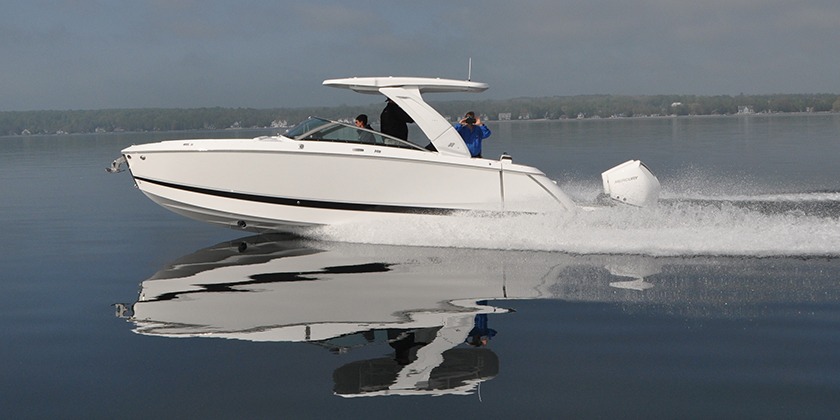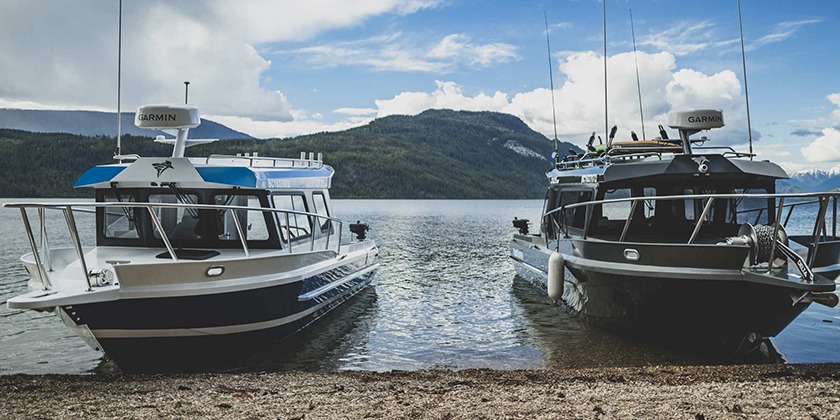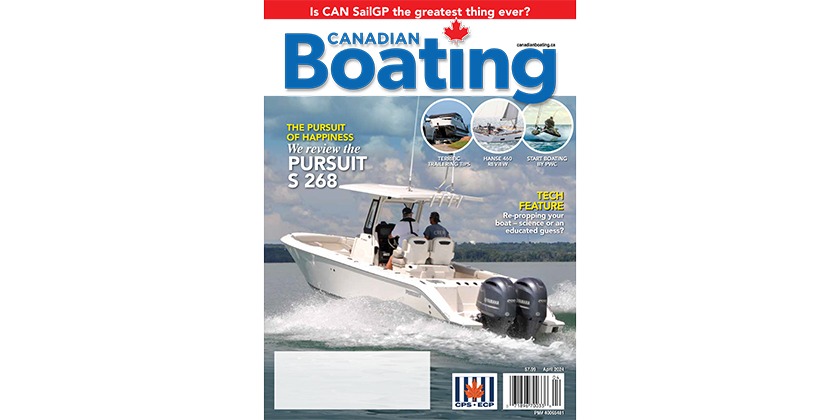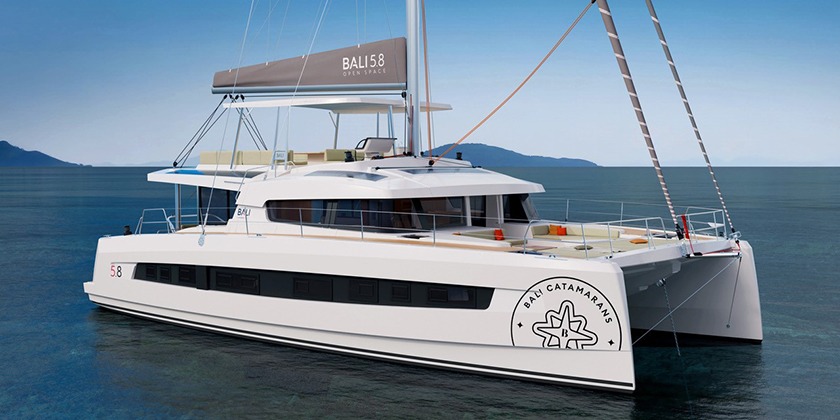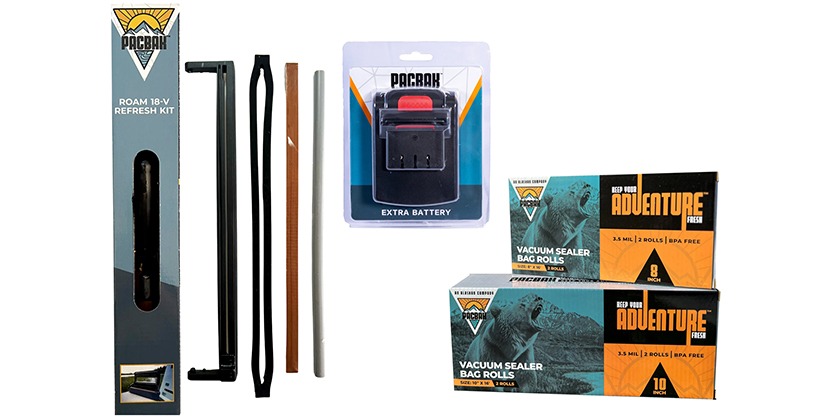FEDERAL GOVERNMENT’S ORCA SYMPOSIUM FAILED TO ESTABLISH CONCRETE ACTION ON RECOVERY MEASURES, SAY SEVEN CONSERVATION GROUPS
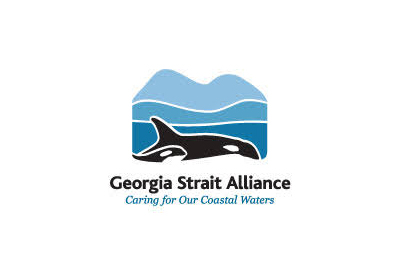
Oct 31, 2017
The federal government’s southern resident killer whale Symposium, held as part of the Oceans Protection Plan in early October in Vancouver, failed to identify concrete actions to ensure the recovery of the endangered killer whales, according to seven environmental organizations.
“Threats to southern residents are well-documented and to support recovery we need to be implementing tangible measures immediately,” says ChristianneWilhelmson, Executive Director of Georgia Strait Alliance. “We were encouraged that the federal government spoke of having to make difficult decisions; however, we did not hear any specific steps or measures that will be taken in the short term. Now is the time for the federal government to show strong leadership to protect critical habitat because orcas can’t wait.”
The southern resident killer whale population has had two deaths this year, seven in 2016, and calves have not been born since 2015. Today, there are 76 remaining, a very small population that is inherently vulnerable to the risk of extinction. This population of whales relies on B.C.’s southern coastal waters from May to October.
The three main threats to southern resident killer whales are a lack of their preferred prey (Chinook salmon), noise and disturbance from vessels, and toxic contaminants. For recovery to be effective, efforts must focus on enacting measures that reduce these three major threats in their critical habitat.
Chinook salmon are themselves threatened and some of this year’s southern resident whale deaths are linked to starvation. “We were hoping the government would be closing Chinook fisheries and creating whale refuges to avoid further whale starvation. The situation is urgent,” says Jeffery Young, Senior Science and Policy Analyst with the David Suzuki Foundation.
“Analysis on this population shows these whales are unlikely to recover under existing conditions of prey availability, noise and disturbance,” says Misty MacDuffee, Wild Salmon Program Director at Raincoast Conservation Foundation. “Any further reductions in the quality of their critical habitat only hastens their slide to extinction. Our population viability analysis shows that reducing existing vessel noise and increasing Chinook availability increases their likelihood of long term survival.”
“The underwater noise levels in the Salish Sea are alarming and already an impediment to the recovery of southern resident killer whales. We need assurance that new projects that expand shipping will further not increase noise levels,” says Michael Jasny, the Director of Natural Resource Defense Council’s Marine Mammal Protection Project.
Leading scientists have called on the government to adopt a minimum target for the reduction of shipping noise by three decibels (dB) within 10 years and 10 dB within 30 years relative to current levels, recognizing that a greater reduction target may be appropriate for the Salish Sea and in the critical habitat of SRKW.
“The commercial shipping industry is taking steps to improve the situation for southern resident killer whales through the ECHO program of the Vancouver Fraser Port Authority,” says David Miller, President and CEO of World Wildlife Fund Canada. “WWF-Canada urges the federal government to build on these efforts by setting a noise reduction target and supporting the implementation of practical measures by the industry to reduce underwater noise exposure and create conditions for the recovery of southern residents.”
Approaches to the simultaneous management of these threats include the protection of critical habitat and key foraging areas and the strengthening of regulations. “We need to create networks of protected areas that act as refuges in key foraging areas for whales, where they have access to plenty of food, and safe, quiet spaces, free from harmful human activities,” says Sabine Jessen, Canadian Parks and Wilderness Society National Oceans Program Director. Work has already begun on the proposed Southern Strait of Georgia National Marine Conservation Area, which could protect an important part of their critical habitat.
“We can step up protection for endangered whales by strengthening the laws that safeguard marine wildlife and their habitat—including the Oceans Act, which is currently subject to proposed amendments. A stronger, more robust Oceans Act, combined with a network of marine protected areas, will help ensure the survival of the southern residents and other at-risk whales,” says Linda Nowlan, Staff Counsel at West Coast Environmental Law Association.
Another long overdue measure is to implement Habitat Protection Orders and finalize Marine Mammal Regulations that set minimum approach distances (such as 200m) and other regulations that restrict boat numbers and times for viewing endangered killer whales.
We look forward to continued dialogue with domestic and international partners to achieve the following recovery actions:
Urgent actions that require strong government leadership to support recovery for Southern Resident killer whales:
1. Increase Salish Sea Chinook abundance by closing (non-terminal) interception Chinook fisheries.
2. Create whale refuges that restrict commercial and recreational boat access in key feeding grounds in the Juan de Fuca and Gulf Islands.
3. Reduce existing levels of vessel noise by setting underwater noise reduction targets and supporting the shipping industry to implement practical measures to reduce noise emissions.
4. Use Habitat Protection Orders to regulate noise and disturbance from private and commercial boats watching whales.
5. Create specific targets to reduce the use and discharge of polluting, bioaccumulative and toxic chemicals to the marine environment.
Advance the establishment of marine protected areas, and complete the proposed National Marine Conservation Area in the Southern Strait of Georgia.

